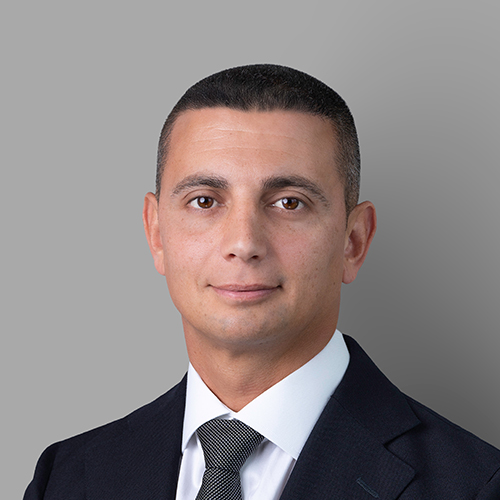Across much of Europe, office investors are watching for signs of a rebound but in Dubai, the story is fundamentally different.
Here, prime office markets never experienced the same retreat. Occupancy levels have remained consistently high, with 92% citywide occupancy in 2024 and an expected 94% by year-end, placing Dubai among the highest globally. The dynamic at play is not one of recovery, but of sustained scarcity.
This supply-demand imbalance is driving significant rental growth. In 2024, Dubai achieved 22% year-on-year rental growth, far outpacing European prime office markets where average annual growth stood at just 1.1%. Forecasts for 2025 project further increases of 10-12%, supported by limited new supply and resilient demand concentrated in the city’s core business clusters such as DIFC, D3, Business Bay and TECOM. Even with 1.66 million square feet scheduled to deliver in 2025 - double 2024 levels - a meaningful easing of the current undersupply is unlikely before 2027–2028.
This context presents a distinct value proposition for investors. Dubai’s prime office yields currently average 7% to 9%, a 300 to 500 basis point premium over mature European markets, where yields for prime stock typically range between 4% and 5.75%. Income is underpinned by long leases, blue-chip tenants, and limited speculative development. DIFC vacancy sits below 5%, while many upcoming completions are already heavily pre-leased.
Who’s active in the market and what are they buying?
Investor interest reflects this performance profile. Sovereign wealth funds, regional private equity, family offices, and international institutional investors remain active allocators into Dubai’s office sector. Regional sovereign funds alone committed $137 billion in the first nine months of 2024, often targeting off-market or joint-venture opportunities in prime free zone locations. Family offices, which now number around 800 in the UAE, continue to diversify into commercial real estate as part of broader allocations, while global funds and private REITs pursue stabilized income opportunities offering gross yields of 7–8%.
The physical product itself is also evolving. Alongside conventional long leases, demand has expanded for fully fitted and serviced formats, particularly from multinationals seeking rapid deployment without capital expenditure burdens. In an environment where build-to-suit options are limited and large contiguous space is increasingly scarce, these plug-and-play formats allow occupiers to secure Grade A space at speed.
At the asset level, investors are focused on location, tenant quality, and operational resilience. Core holdings are concentrated in free zone districts where full foreign ownership, favorable tax regimes, and high-profile occupier bases reinforce pricing power. Building features such as energy efficiency, modern infrastructure, high-speed elevators, and LEED or Estidama certifications are increasingly seen as essential components of long-term value preservation. Select older assets with repositioning potential also present opportunities for incremental income growth, particularly where common area upgrades or flexible subdivision strategies can unlock higher rents.
Regulatory and tenure considerations remain a defining feature of the market. Free zones offer attractive investment frameworks but impose licensing restrictions on tenant profiles. Mainland ownership structures, while offering freehold options, require careful navigation of local partnership rules. Strata ownership models, where present, can introduce complexity in asset management and capex execution due to joint governance requirements.
For institutional investors, Dubai offers access to stable income streams and pricing power supported by limited supply, steady occupier demand, and ongoing economic diversification. Rather than waiting for a cyclical recovery, capital is being deployed into a market that has maintained high occupancy and consistent rental growth. The combination of strong fundamentals, rising rents, and yield premiums continues to attract both regional and international capital looking for durable long-term returns.




